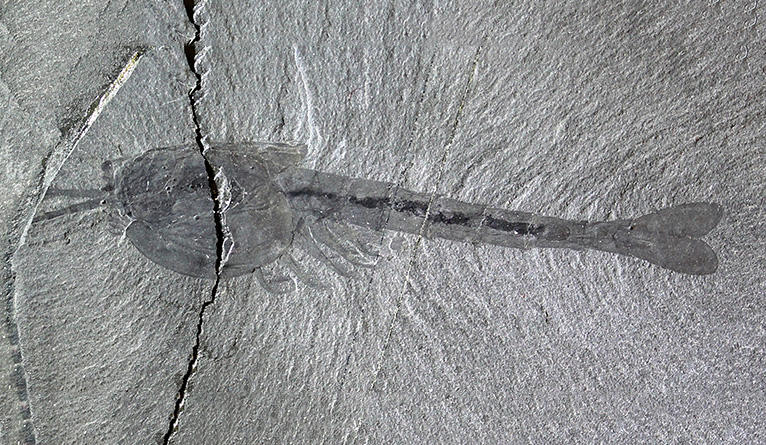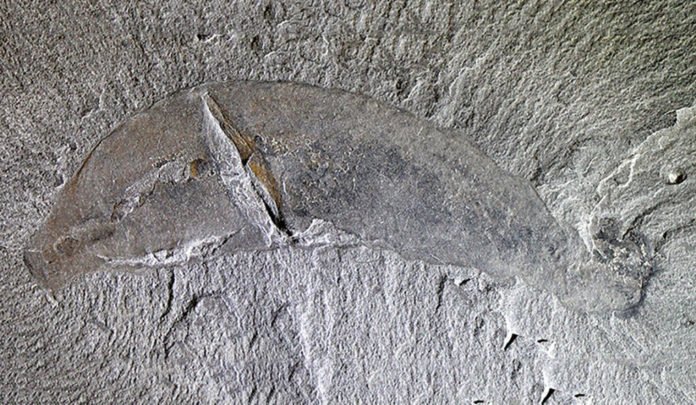Various scientists have suggested that the earliest life on Earth originates from the natural stays of life forms without hard parts. However, by far most of the fossils depend on hard tissue, for example, shells, teeth, and bones for their conservation.
Soft tissue parts, for example, eyes and inside organs, tend to decay before they can fossilize. This additionally is valid for living beings made up totally of soft tissue, for example, worms.
A noteworthy exemption to this is the Burgess Shale in Canada, a 508 million-year-old store that contains a trove of fossils, some with shells however, the lion’s share without, from the Cambrian blast of creature assorted variety on Earth. The Burgess Shale and comparable stores have given the premise to a wellspring of logical research.
In a new study by scientists from Yale, Oxford, and Pomona College, scientists recognized a mineral signature for sites that will probably contain uncommon fossils that protect proof of soft tissue. They believe that the outcomes could offer a better understanding of ancient life.
According to scientists, the sedimentary rocks that contain these fossils carry a specific signature — which can be used to find other Burgess Shale-type deposits.

Co-author Derek Briggs, Yale’s G. Evelyn Hutchinson Professor of Geology and Geophysics said, “This discovery is important because it will help us to narrow the search for exceptionally preserved fossils in thick sequences of Cambrian and Precambrian rocks, which harbor critical clues to the early evolution of animal life on Earth.”
During the study, scientists analyzed almost 200 Cambrian rock samples. For this detection, they used powder X-ray diffraction analysis to determine their mineralogical composition. Comparing rocks containing Burgess Shale-type fossils that include preserved soft-tissues with those that only contained their fossilized shells or skeletons.
Ross Anderson of Oxford said, “The findings revealed that Burgess Shale-type deposits are generally found in rocks rich in the mineral berthierine, one of the main clay minerals identified by a previous study as being toxic to decay bacteria. Berthierine is an interesting mineral because it forms in tropical settings when the sediments contain elevated concentrations of iron.”
“This means that Burgess Shale-type fossils are likely confined to rocks that were formed at tropical latitudes and that come from locations or time periods that have enhanced iron.”

The findings may have applications beyond the Earth. Mars probes and other space missions searching for proof of life on different planets could utilize the mineral outline in the scan for kinds of rocks that may be more helpful for safeguarding sensitive, rot inclined fossils.
The NASA Astrobiology Institute, a NASA Earth and Space Science Fellowship, the National Science Foundation, the Leverhulme Trust, the Yale Institute for Biospheric Studies, and the Yale Peabody Museum of Natural History provided support for the study.
The study is published in the journal Geology.
